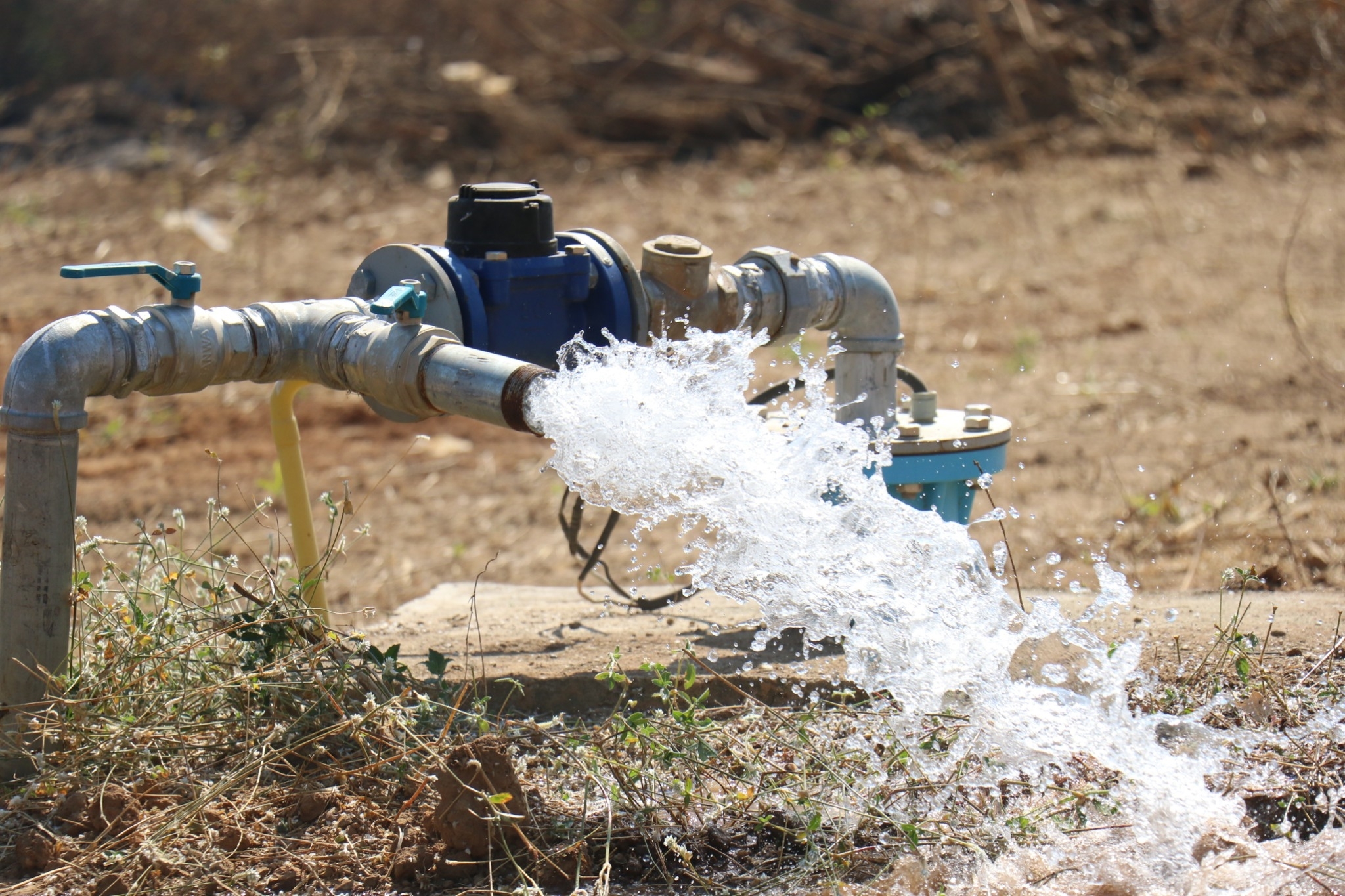History of Groundwater Development Worldwide

Groundwater exploitation evidence has been found in Central Asia (Egypt and Iran) since 500 B.C. The technology was used to extract groundwater in that period is called qanat. The qanat is an underground tunnel of relatively flat slope which extracts water from a more steeply sloping aquifer. Groundwater then flows through the qanat under the force of gravity. In Iran, the 816 miles qanat system is used to supply groundwater for agriculture and domestic uses for around 175,500 people.
Groundwater development by drilling boreholes was first occurred in China around 1126. The borehole was drilled by an excavator made of woods and used bamboos as drill rods and drill pipes. This system was installed by human power, and it took 3 generations to drill the borehole at the depth of 1,500 meters. Over 700 years later, a steam powered drilling rig was invented in America. Since then, various borehole drilling machines have been developed to improve groundwater abstraction such as churn drill, auger drill, jet drill, and rotary drill.
At the late 17th century, people learnt more about hydrogeology and water cycle through data collections and experiments, leading to the foundation of the fields of geological study and groundwater study in the 18th century. Darcy's law, formulated by Henry Darcy, has become the fundamental principle of groundwater flow. At the 19thcentury, successful groundwater exploitation in France has raised public attention for groundwater development widely.